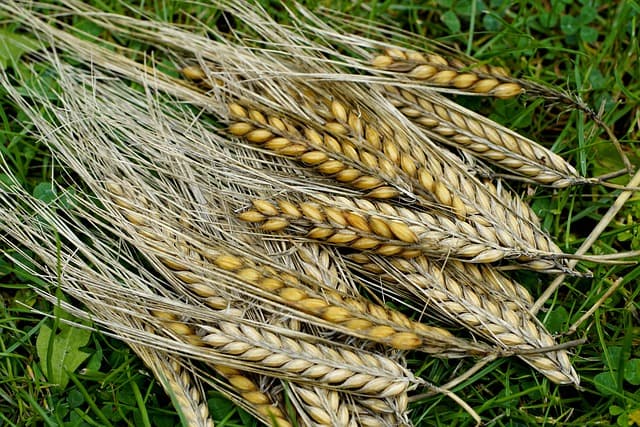Development of value of agro-industrial by-products
These agro-industrial by-products contain a variety of valuable organic and inorganic compounds that can be extracted through alternative processes for subsequent use. In this way, not only is a value-added to the primary product, but also a link in the chain of a sustainable process.

Today, a significant part of scientific and technological research is aimed at finding processes that comply with the precepts of sustainable development. Often, the by-products generated in the agroindustry are disposed into the environment through different routes, generating pollution problems in soils, lakes, rivers, oceans, aquifers, or air. However, these agro-industrial by-products contain a variety of valuable organic and inorganic compounds that can be extracted through alternative processes for subsequent use. Thus, not only is a value-added to the primary product, but also a link in the chain of a sustainable process.
Researchers at the Center for Research in Food and Development (CIAD) have emphasized the use of by-products derived from cereal processing and the dairy industry. Such is the case of wheat and sorghum bran, both by-products of the milling of the respective grains, as well as whey, which is a by-product of cheese production.
Cereal bran is an excellent source of dietary fiber and good quality protein. However, its consumption is limited due to its high phosphorus content in the form of phytates, which are anti-nutritional factors that interfere with the absorption of essential minerals such as zinc. Most of the bran is destined for animal feed, but this generates environmental problems, since animals cannot assimilate phytates, so they are excreted together with feces and end up in bodies of water, causing eutrophication and high oxygen demand that disturbs the balance of ecosystems. Proteins have the same fate since they are not completely digestible because most of them are found inside the dead cells that make up the bran, the latter surrounded by cellulose.
In the search for sustainable processes, one of the lines of research consists of exploring the potential of aqueous wheat bran extracts for the production of nanoparticles and biominerals, taking advantage of the protein and phosphorus content naturally present in the bran. Both protein nanoparticles and biominerals find applications in a wide range of industries, including food, pharmaceuticals, and novel materials. At CIAD, this line is led by René Renato Balandrán Quintana, research professor of the Coordination of Plant-Based Food Technology.
Sorghum bran is very interesting due to its high content of phenolic compounds. Among these compounds are procyanidins, molecules consisting of several units of the polyphenols catechin and/or epicatechin, linked together through chemical bonds. Through mechanisms not yet fully understood, it is known that procyanidins can prevent the development of a variety of diseases of oxidative origin, including cardiovascular diseases. At CIAD, the mechanisms of action of sorghum procyanidins are studied using experimental methods and molecular modeling, to exploit the potential of these compounds through the establishment of sustainable processes, as well as promoting the consumption of sorghum. Ana María Mendoza Wilson, research professor of the Coordination of Plant-Based Food Technology, is responsible for this line of research.
On the other hand, whey is a by-product generated mainly from cheese production. It is a by-product very rich in nutrients, mainly lactose, fat, and proteins. Whey proteins have a high biological value and are highly valued as functional ingredients in food formulation. However, a large volume of whey is still discarded, causing environmental problems.
The recovery of whey components or their processing into products of high economic, nutritional and functional value, in addition to bringing economic benefits, helps reduce the environmental impact generated by its waste. However, its use continues to be a problem for the domestic cheese industry, especially the artisanal industry, since it lacks adequate technological infrastructure for processing.
Although the production of cottage cheese is the most appropriate process for using whey, offering new technological or biotechnological options that are viable in the reality of the artisanal cheese industry represents one of the most important challenges for its valuation. The development of nutritional and functional beverages through fermentative or enzymatic processes, the production of protein concentrates, ice cream, candies, and protein bars, among others, are part of the research being carried out by Miguel Ángel Mazorra Manzano, a researcher in the area of Dairy Biotechnology, Chemistry and Food Authenticity, attached to the Coordination of Food Technology of Animal Origin.
It is worth mentioning that the development of research is accompanied by the formation of human capital, for which reason the invitation is permanently open to undergraduate and graduate students to join these initiatives, by directly contacting those responsible for each line of research.
Recommended story: Public health potential of agricultural by-products




